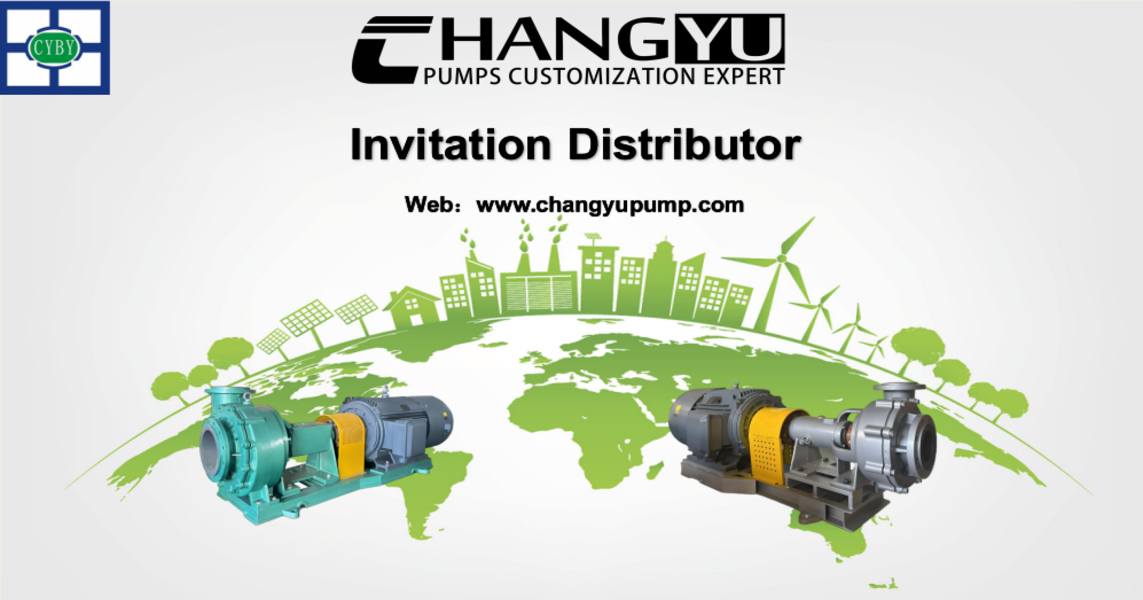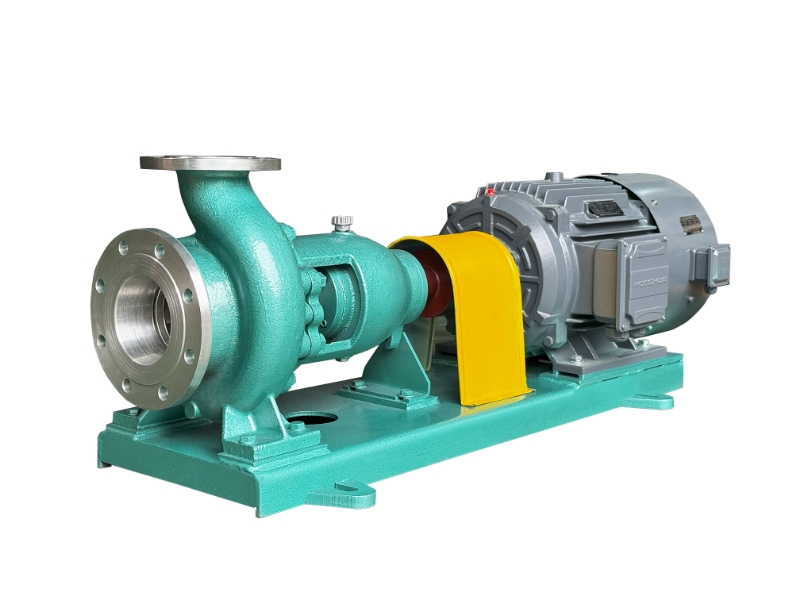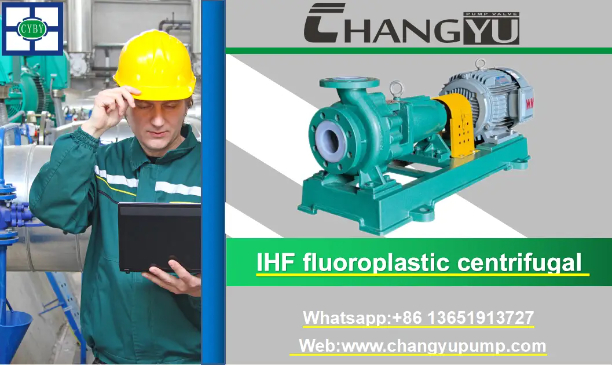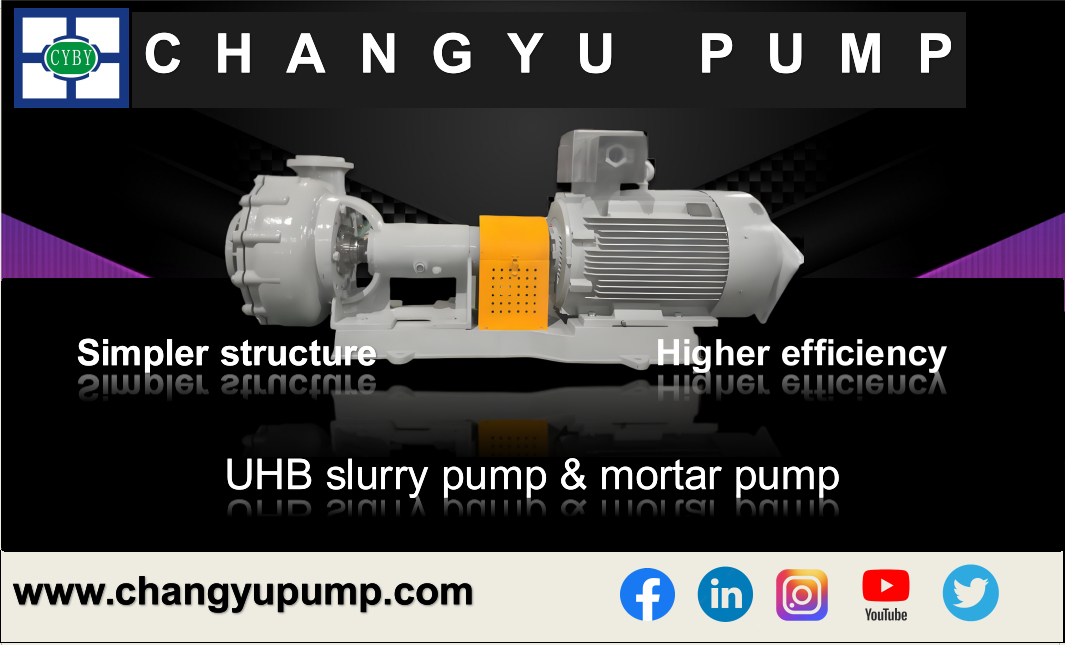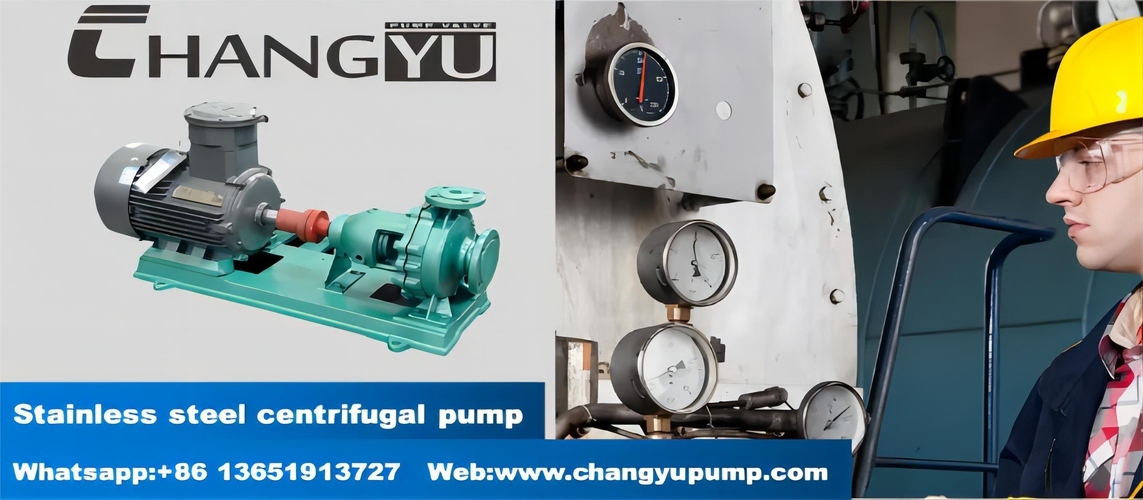Nov 29, 2024
When it comes to purchasing chemical pumps from Chinese foreign trade independent websites on Google, there are several important aspects that foreign buyers need to pay close attention to. With the globalization of trade and the wide range of options available online, ensuring a smooth and successful procurement process is crucial. This blog will guide you through the essential considerations to make your buying experience efficient and satisfactory.
Ⅰ.Product Quality and Specifications
The first and foremost concern is the quality and specifications of the chemical pump. Make sure to thoroughly research the technical details provided on the website. Look for information such as the pump's flow rate, head pressure, material of construction, and compatibility with the specific chemicals you will be using. A reliable website will have detailed product descriptions and may even offer technical datasheets or brochures. For example, if you are dealing with corrosive chemicals, the pump should be made of suitable corrosion-resistant materials like stainless steel or certain polymers. Don't hesitate to contact the seller and ask for clarification if any of the specifications are unclear. You can say something like, "Could you please provide more details about the maximum flow rate this pump can achieve under specific pressure conditions?" This way, you can ensure that the pump meets your exact operational requirements.
Ⅱ.Supplier Reputation and Reliability
It's essential to assess the reputation and reliability of the Chinese supplier. Check for customer reviews and testimonials on the website or on other independent review platforms. Look for signs of long-term business operation and positive feedback from previous buyers. A supplier with a good track record is more likely to provide quality products and reliable after-sales service. You can also search for the supplier's name on Google along with keywords like "scam" or "complaints" to see if there have been any negative reports. Additionally, consider the supplier's response time and communication skills. A prompt and clear response to your inquiries indicates a professional and committed business partner. For instance, if you send an email asking about the delivery time and the supplier replies within 24 hours with a detailed and helpful answer, it gives you more confidence in their service.
Ⅲ.Pricing and Payment Terms
Compare prices among different suppliers to ensure you are getting a competitive deal. However, be cautious of extremely low prices, as they may indicate inferior quality or potential hidden costs. Understand the pricing structure clearly, including whether it includes shipping, taxes, and any other fees. When it comes to payment terms, look for secure payment methods. Avoid making payments through unsecured channels or to unknown accounts. Reputable suppliers usually offer options like PayPal, credit cards, or bank transfers through well-known international banking institutions. For example, if a supplier only asks for payment via a personal bank account in a less-known local bank, it could be a red flag. Make sure to have a written agreement or invoice that clearly states the payment terms and the total cost before making any payments.
Ⅳ.Shipping and Delivery
Shipping is a crucial aspect as it affects the overall cost and delivery time. Inquire about the shipping methods available, such as air freight or sea freight, and the estimated delivery time for each option. Consider the location of the supplier and your own destination to calculate the approximate shipping cost. Also, ask about the packaging of the chemical pump to ensure it will arrive in good condition. Some pumps may require special packaging to prevent damage during transit. For example, if you are ordering a large and heavy-duty pump, it might need to be crated and secured properly. You can ask the supplier, "What kind of packaging do you use to protect the pump during shipping? And can you provide insurance in case of any damage?" Additionally, track the shipment once it is dispatched and stay in communication with the shipping company or the supplier to be updated on its progress.
Ⅴ.Customs and Import Regulations
Before making a purchase, familiarize yourself with the customs and import regulations of your own country regarding chemical pumps. Different countries may have specific requirements regarding product certifications, safety standards, and import duties. Ensure that the pump you are buying complies with these regulations. The supplier may be able to provide some assistance in this regard, such as providing the necessary documentation like certificates of origin or quality certificates. For example, if your country requires a certain safety certification for chemical pumps, make sure the supplier can supply the relevant paperwork. Failure to comply with customs regulations can lead to delays, additional costs, or even the confiscation of the goods.
Ⅵ.After-sales Service and Warranty
A good supplier should offer after-sales service and a warranty. Find out what kind of after-sales support is available, such as technical assistance in case of installation or operation problems. The warranty period and its coverage are also important. A longer warranty period generally indicates the supplier's confidence in their product. For example, if a pump comes with a one-year warranty that covers parts and labor for manufacturing defects, it gives you peace of mind. In case of any issues during the warranty period, know the process for making a claim and how quickly the supplier will respond and resolve the problem.
Ⅶ.Language and Cultural Barriers
Since you are dealing with a Chinese supplier, language and cultural differences may arise. Ensure that the supplier has English-speaking staff or at least a reliable translation service. Clear communication is vital to avoid misunderstandings. For example, certain technical terms or business jargon may have different translations or interpretations. Be patient and take the time to clarify any points that might be confusing. Also, be aware of cultural differences in business practices. For instance, in Chinese business culture, building a good relationship and mutual trust is often emphasized. So, maintaining a friendly and respectful attitude throughout the communication process can help in establishing a better business connection.
Ⅷ.Sample Order Option
If possible, consider placing a sample order first. This allows you to test the quality and performance of the chemical pump before making a large bulk purchase. A sample order can also give you an idea of the supplier's packaging, shipping speed, and overall service quality. However, make sure to clarify the terms of the sample order, including the cost, whether it is refundable if you decide to place a larger order, and the expected delivery time. For example, you could say, "If we place a sample order, will the cost be deducted from a future bulk order? And how long will it take to receive the sample?"
Ⅸ.Intellectual Property Rights
Verify that the chemical pump you are purchasing does not infringe on any intellectual property rights. Ensure that the supplier has the legal right to produce and sell the product. This is especially important to avoid any legal issues in your own country. You can ask the supplier for proof of their intellectual property ownership or authorization. For example, if the pump is a patented design, the supplier should be able to provide documentation showing that they have the proper license to manufacture and sell it.
Ⅹ.Data Security and Privacy
When making online transactions and sharing your personal and business information with the supplier, be concerned about data security and privacy. Ensure that the website has proper security measures in place, such as SSL encryption. Also, ask the supplier about their data protection policies. For example, how they store and handle your contact information, payment details, and any other sensitive data. A reliable supplier will have measures to safeguard your information and will be transparent about their data handling practices.
Purchasing chemical pumps from Chinese foreign trade independent websites on Google can be a convenient and cost-effective option for foreign buyers. However, by carefully considering the above-mentioned points, you can minimize risks and ensure a successful procurement. From product quality and supplier reputation to shipping, customs regulations, and after-sales service, each aspect plays a significant role in the overall buying process. By doing your due diligence and maintaining clear communication with the supplier, you can obtain the right chemical pump for your needs and build a good business relationship for future transactions.
Read More

